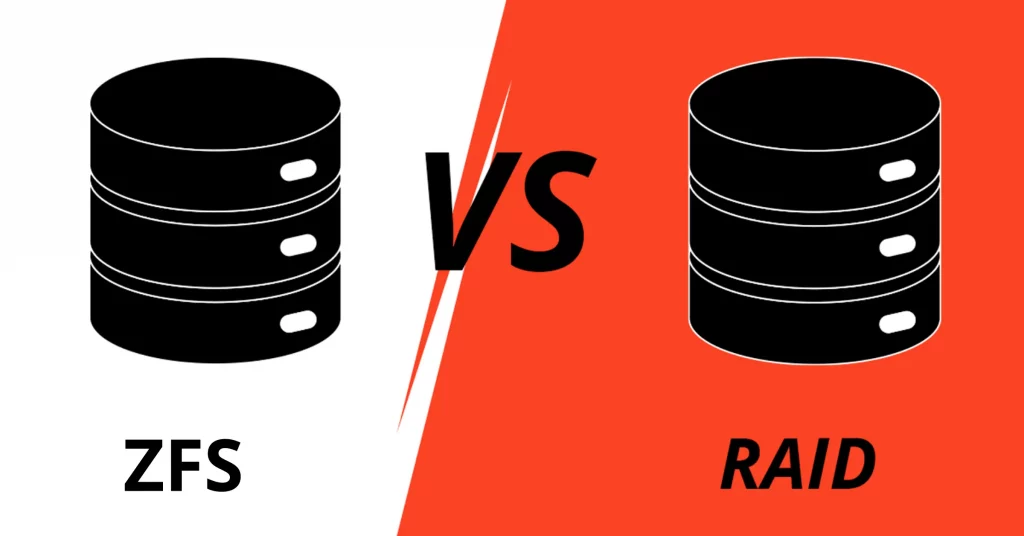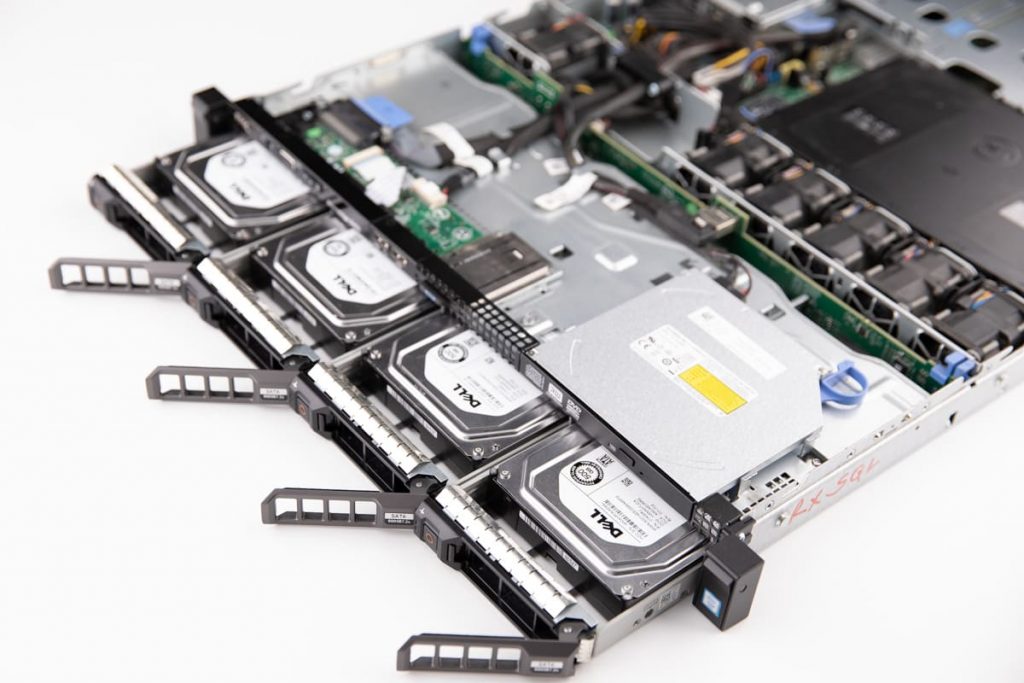When it comes to data backup solutions, organizations face a critical decision: tape storage or drive storage? Each method has its own set of advantages and disadvantages, and the best choice often depends on specific needs and circumstances. In this blog post, we will compare tape storage and drive storage, examining their features, benefits, and ideal use cases to help you determine which is best for your backup strategy.
Understanding Tape Storage
Tape storage involves using magnetic tape cartridges to store data. Historically used for archival purposes, tape technology has evolved and remains a reliable option for many organizations.
Advantages of Tape Storage
Cost-Effectiveness: Tape storage is often cheaper than drive storage, especially for large volumes of data. The cost per terabyte is significantly lower, making it an attractive option for long-term archiving.
Long Lifespan: Tape cartridges can last for several decades if stored properly, making them ideal for archival purposes. This durability ensures data can be accessed long after it was initially stored.
Energy Efficiency: Tape drives consume less power compared to spinning hard drives, as they only require power during data retrieval. This can result in lower energy costs for large-scale storage solutions.
High Capacity: Modern tape technologies, such as LTO (Linear Tape-Open), can store vast amounts of data—up to 30 terabytes per cartridge. This high capacity is beneficial for organizations with extensive backup needs.
Disadvantages of Tape Storage
Slower Access Times: Tape storage typically has slower data access speeds compared to drive storage. Retrieving specific files may take longer, which can impact recovery time during critical situations.
Physical Handling: Tape cartridges require careful handling and storage to prevent damage. Additionally, the need for tape drives and readers may add to the overall costs.
Limited Random Access: Unlike drives that allow for random access to files, tape storage is sequential, meaning data must be read in order. This can slow down the recovery process if multiple files are needed.
Understanding Drive Storage
Drive storage refers to data stored on hard disk drives (HDDs) or solid-state drives (SSDs). This method has gained popularity due to its speed and ease of use.
Advantages of Drive Storage
Faster Access Times: Drives, particularly SSDs, offer much faster data access and retrieval speeds compared to tape storage. This is crucial for organizations that require quick recovery of data during emergencies.
Ease of Use: Drive storage is generally more user-friendly. Files can be accessed, modified, and backed up with minimal effort. Most operating systems natively support drive storage, making integration seamless.
Random Access Capability: Drives allow for random access to data, enabling users to quickly retrieve specific files without waiting for sequential reads. This efficiency is essential for everyday operations.
Disadvantages of Drive Storage
Higher Cost: While prices for HDDs and SSDs have decreased, the cost per terabyte is still higher than tape storage. For large-scale storage needs, this can significantly impact budgets.
Shorter Lifespan: HDDs and SSDs typically have a shorter lifespan compared to tape storage. Drives are susceptible to mechanical failures, especially HDDs, which rely on moving parts.
Energy Consumption: Spinning HDDs and, to some extent, SSDs consume more power than tape storage. This can lead to higher energy costs, especially for large data centers.
Choosing the Right Backup Solution
The choice between tape storage and drive storage largely depends on your specific needs and circumstances. Here are some factors to consider:
Data Volume: For organizations with extensive data that needs to be archived long-term, tape storage may be more cost-effective. Conversely, businesses requiring rapid access to smaller data sets may benefit more from drive storage.
Access Speed Requirements: If you frequently need to access data or require quick recovery during emergencies, drive storage is likely the better option.
Budget Considerations: Evaluate your budget for storage solutions. If cost is a significant concern, tape storage might offer a more affordable solution for long-term storage.
Data Lifecycle: Consider how long you need to retain data. For archival purposes, tape storage is preferable. For active projects requiring regular updates, drive storage is ideal.
Conclusion
Both tape storage and drive storage have their advantages and disadvantages, and the best choice depends on your organization’s specific backup needs. Tape storage excels in cost-effectiveness and longevity, making it suitable for long-term archival. On the other hand, drive storage provides faster access and ease of use, ideal for regular data retrieval and updates.
Ultimately, you may find that a hybrid approach, utilizing both tape and drive storage, offers the best balance of performance, cost, and reliability. Carefully assess your requirements, and choose the solution that aligns with your data management strategy to ensure that your critical data is secure and accessible when needed.


